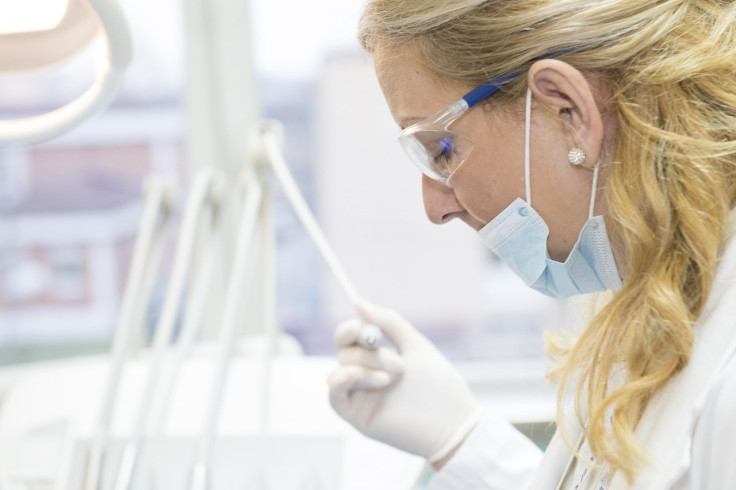
Health officials have begun an investigation after one person died and another was hospitalized with Legionnaires' disease in New Hampshire. Both cases were linked to a hotel stay at a resort in New Hampshire.
Legionnaires' disease is a serious type of pneumonia caused by Legionella bacteria. The bacteria enter the lungs through inhalation or accidental swallowing of water droplets.
A Massachusetts resident died and a person from Rhode Island contracted the infection after staying at the Mountain View Grand Resort in Whitefield. An investigation is underway to determine how and where they contracted the illness.
"The state confirmed they cannot be certain where these individuals contracted their infection, and we are working closely with the New Hampshire Division of Public Health Services and New Hampshire Department of Environmental Services to determine if the two individuals were affected as a result of visiting the property in Fall of 2023. We are continuing to follow our stringent and consistent protocols to ensure the utmost health and safety of our guests and employees while we await test results recently conducted to confirm the potential source," a hotel spokesperson told Boston 25.
Signs of Legionnaires' disease
The symptoms of Legionnaire's disease are similar to other types of pneumonia. Patients show signs such as cough, shortness of breath, fever, headache and muscle aches. They may also develop diarrhea, nausea and confusion.
The infected person can develop signs from two to 14 days after exposure to the bacteria. In some cases, the incubation period may be longer.
Transmission
The bacteria that cause the infection grow and spread in human-made building water systems such as showerheads, sink faucets, hot tubs, cooling towers, hot water tanks and heaters. They enter human bodies when people breathe in small droplets of water.
Who is at risk?
Most people may not get severely ill with the infection and may recover after treatment with antibiotics. However, people above the age of 50, smokers, those with weak immune systems, chronic lung diseases and cancers are at high risk.
According to the Centers for Disease Control and Prevention (CDC), one out of every 10 people who get the infection will die due to complications such as lung failure.







